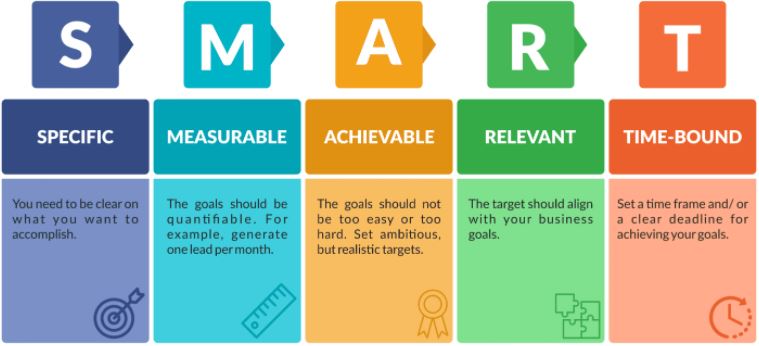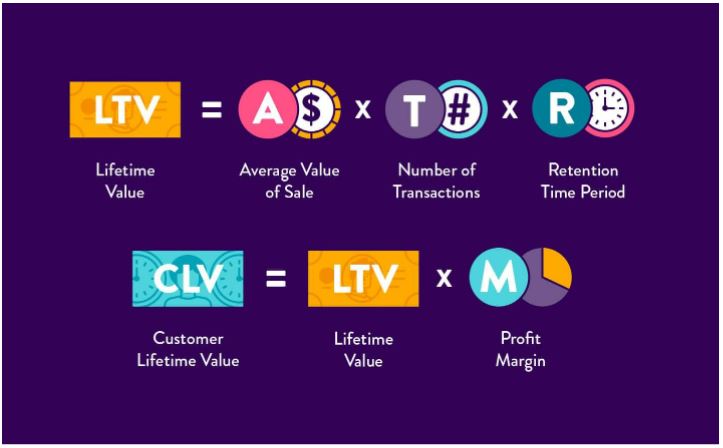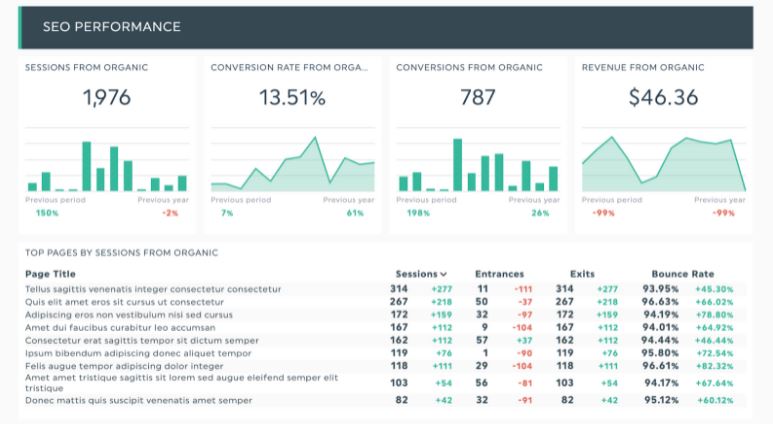How to Showcase Marketing Return On Investment to Your Clients
in Marketing by Emily Snell

The return on investment (ROI) of your marketing efforts is the primary metric for measuring the effectiveness of your marketing campaigns. Measuring your marketing ROI helps you assess and decide where to invest your marketing dollars for the highest overall returns.
As a digital marketing agency, your ability to sell your services to a potential client hinge on your ability to demonstrate the marketing ROI. This article will discuss what marketing ROI means, how to calculate it, how to deliver it to your clients. Let’s dive in.
What is Marketing Return on Investment (ROI)?
Marketing Return on Investment (ROI) is a term used to describe the profitability of an organization’s marketing efforts. To calculate your marketing ROI, you need to divide the amount you earned by the total amount you spent. You then multiply that figure by 100.

Given that one of the core purposes of marketing is to generate sales, it is critical to understand the relationship between your costs associated with marketing and its yield. The answer will help you determine if your marketing strategy is working and which activities are the most effective.
You should measure the marketing ROI of every campaign you run. A "good ROI" will vary with a company’s internal cost structure, the type of marketing strategy at play, the cost of distribution channels, and the industry the company operates in.
Your ROI should also incorporate the tools you use for each campaign and how much you use them. For example, you can factor the monthly cost of a website builder into your ROI calculations.
Tracking Your Marketing ROI
Tracking your marketing ROI allows you to measure the impact of your campaigns and ensure that you are making the best use of your budget. You can identify the campaigns that are working, those that may need some tweaking, and those that aren’t delivering results through continuous monitoring.
At the start of every marketing campaign, you should set your SMART goals.

The goals are your “whys”, and must always be measurable. Hence, increase sales by 10% in six months instead of higher sales this year. You can only measure what is quantified.
Make sure you set these goals with your client before creating and launching the campaign. If you are trying to track a hard to quantify metric, for instance, “we want to raise our brand awareness,” use indirect criteria to set the benchmarks.
You could track brand awareness by measuring branded traffic or brand mentions. You will need to put a price on those metrics to generate an ROI. So, a hypothetical 1% increase in branded search traffic might equate to $500.
Let’s look at seven ways to track the marketing ROI of your campaigns.
1. Selecting your KPIs
KPIs (Key Performance Indicators) are quantifiable criteria for measuring performance against goals. KPIs are commonly used across different company functions like sales and marketing, operations, and financial performance. Hence, lead conversion percentage is a marketing KPI while output per hour is an operational KPI.
Let’s say your measurable goal is a 50% ROI on your marketing campaign. KPIs are assigned to the tasks that help you track progress towards those goals.
The KPI you use will depend on the type of campaign. Ensure that you set KPIs with your client before you start. Some basic online and offline KPIs that apply to many marketing campaigns include:
Online KPIs
- Lead conversion ratio: This measures how many leads convert to customers. Divide your leads into sales-qualified leads (SQL) and sales accepted leads. SQLs are sales-ready leads, for instance, leads who have filled up a sales form, while sales accepted leads are still just a sales opportunity.
- Landing page conversion rate: Set a KPI for the percentage of traffic you want to convert. The conversion you are tracking might be a sale, getting someone on your email, or something else entirely.
- Link clicks: If you are running an email marketing campaign, you will want to know how many people clicked your link.
Offline KPIs
- Cost per acquisition: This measures how much it costs you to convert a lead to a customer. You get the figure by dividing the media spend by the number of new customers acquired.
- Customer lifetime value: CLV measures how much a customer will buy from you over their association with your brand. CLV is calculated by multiplying the customer’s average order value with the purchase frequency and the number of years you project they will buy from you.
The KPIs you select will depend on your campaign goals. You will need those goals to benchmark the success of your campaign.
2. Calculate the Clients Marketing Budget
Sounds obvious, but it is critical to know how much the client can spend on a month-on-month basis and for how long. Your budgetary constraints will determine what you can accomplish. Each marketing campaign will have associated costs.
Agency costs often include:
- Your agency fee
- Media time
- Printing and graphic design
- Software subscriptions
- Cost of employee hours
Make sure your budget covers these costs.
When measuring the marketing ROI, you must account for all the direct and indirect costs. As the last word on budgeting, ensure total transparency when discussing costs with your client.
3. Setting the Expected Marketing ROI
You and your client need to be on the same page regarding the expected ROI from the marketing campaigns and how long a campaign will run. Typically, you will create a range. The threshold measures the minimum rate of return while the ceiling defines the maximum.
The reason you should offer an ROI range is twofold. First, not all campaigns will yield a similar marketing ROI. Secondly, the range gives your client a sense of your expected returns.
The range will also enable you to evaluate which campaigns need to be nurtured (those meeting or exceeding targets), which need to be amended (say achieving 80% of targets), and those that need to be killed. Setting realistic expectations and tracking results is important for effective client communication.
Watch out for clients who want to achieve unreasonable returns on a shoestring budget. These are clients you want to avoid. You want to sift those clients out. You can do this by getting them to answer a questionnaire when you send that initial meeting request email. An achievable ROI range protects both your and your client’s interests.
4. Calculate CLV by Channel
CLV is an important metric for any business owner. The reason is straightforward; it’s harder to keep a client or customer than to retain an existing one. The better your retention rates, the faster your company will grow.
Many clients will look at a single sale (last sale) as the total value derived from that customer. It’s your job to help them understand that nurturing the customer will enhance their CLV and boost company growth.
Investing in securing a longer-term relationship with a customer or client will pay rich dividends through:
- Predictable repeat business
- Upselling and cross-selling opportunities
- Higher margins through upselling
- A stable business model
With your client’s buy-in to the concept of CLV, it’s time to calculate the customer’s projected lifetime value. To calculate the CLV, you multiply the average value of a sale with the number of transactions and the retention period.

CLV is, by its nature, imperfect. It is an approximation at best.
Customer journeys will vary from customer to customer. The retention period will vary also. However, calculating the CLV by channel will help you identify the source of your most valuable customers. Are they coming from direct search, social media, or paid ads?
Moreover, if you understand the CLV, you know how much you should be willing to spend to acquire a new customer. That’s important, as it impacts budgetary decisions and can determine if a campaign is financially viable.
5. Set up your ROI Dashboard
Next, set up a dashboard to monitor your progress towards your goals and the costs incurred. If you are dealing with online channels, you might create a custom Google Analytics dashboard.
Give your client access to tracking information. Providing your client access to the data will enable the clients to monitor performance in real-time. You can use Google Analytics to track conversions by traffic source. Assuming you are using Google Ads, you can monitor spending and returns. If you’re a SaaS SEO agency, you would monitor traffic and SQL.

The custom Google Analytics dashboard above, created by DashThis, gives you a sense of the kind of data you can present to customers through a free tool. Of course, there are premium tools available you can use to create reports too.
6. Measure ROI by Campaign
Remember that measuring the overall ROI of your marketing campaign isn’t enough. You also need to measure how each of your campaigns is performing.
Here are a few reasons why you should measure the ROI:
- To identify the campaigns that are costing money without providing desired results. This will enable you to either scale back on these campaigns or cut them entirely.
- It will enable you to identify campaigns that produce results per your expectations and goals. You could decide to invest more in these campaigns.
- You can demonstrate the advantage of investing in campaigns generating the best returns.
Analyzing the ROI from each marketing campaign enables you to optimize each campaign accordingly.
7. Optimize Campaigns Based on Results
A clear understanding of the ROI of your campaign enables you to optimize campaigns individually. Use the data you’ve collected to build agility in your campaigns that enable you to align budget allocation with the strategies that perform well.
Remember: You’re the expert here, and you need to guide your client accordingly.
You should use the data you collect to demonstrate the ROI you are generating. Showing the value that you provide to a client is the best way to strengthen the relationship. Your clients will likely increase budget allocations when they see the results you are generating.
Wrapping Up
If you’re working with a client, you want to show how much value you generate the business. The best way to do that is to track and monitor the Return On Investment. This guide provided you with a framework to use for future marketing campaigns.
In summary, here’s a quick rundown of our seven-step process:
- Set your KPIs with your client.
- Sign off on the client’s budget and the time period to run the campaigns.
- Establish an ROI range with a threshold and a ceiling ROI number.
- Estimate the CLV for all marketing channels you’ll be using.
- Create an ROI dashboard for each campaign using Google analytics.
- Measure and monitor the ROI from each marketing campaign.
- Continually optimize and improve based upon your findings.
Last but not least, deliver on the marketing ROI that you have signed off on. It’s your job to prove that working with your agency is a smart investment.




